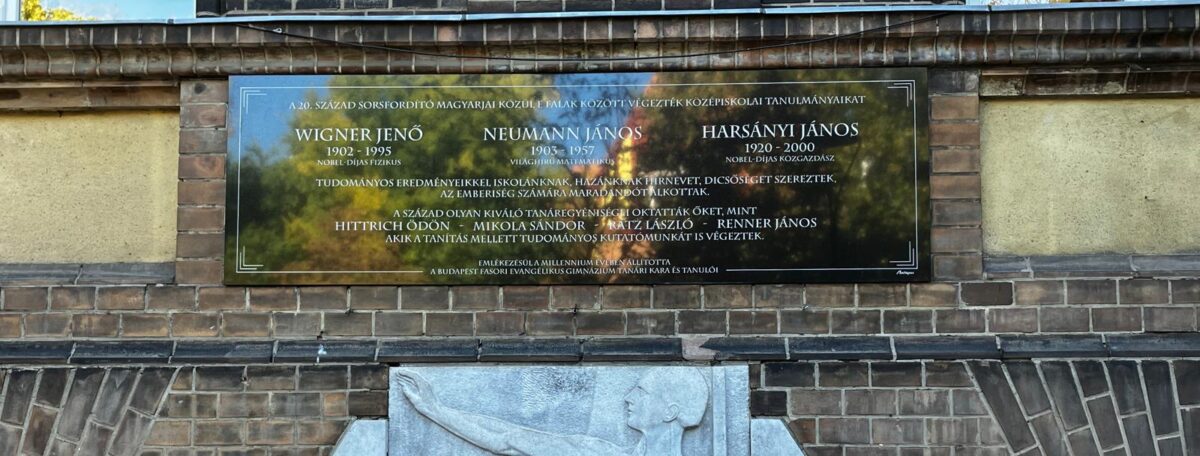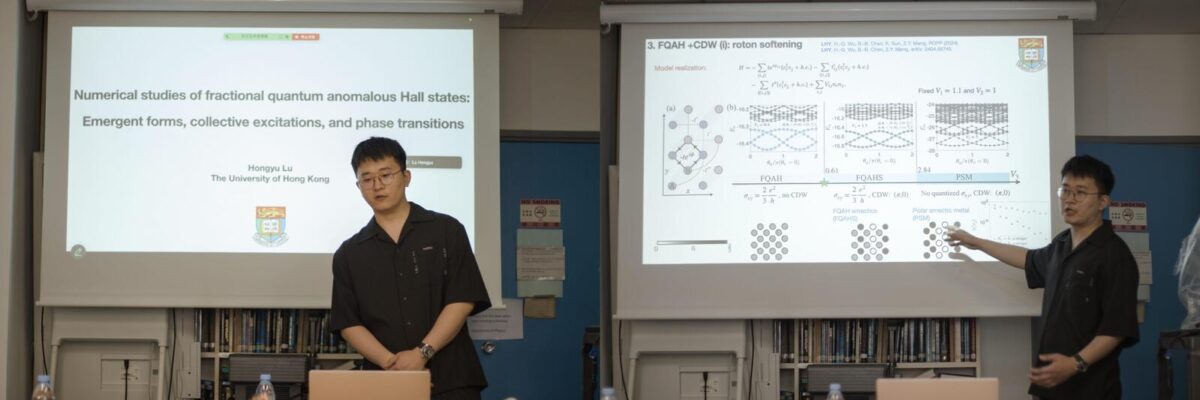The Sharp Peak (蚺蛇尖), or Nam She Tsim, is a hill inside Sai Kung East Country Park, north of Tai Long Wan, in the Sai Kung Peninsula in Hong Kong. It is well known for its well-defined sharp peak, which rises to a height of 468 metres (1,535 ft) above sea level. Sharp Peak is generally considered the hardest hike up in Hong Kong because of its remoteness and steepness. Yet, we had a wonderful group hike at this most difficult peak on a beautiful October day (and night) of 2025. Continue reading
寻找火星叔叔马丁(四)
在10月布達佩斯一個美麗秋天的上午,我帶着朝聖般的心情,訪問了布達佩斯-法索爾福音高中(Budapest-Fasori Evangélikus Gimnázium)。對於熟悉科學,尤其是物理學、數學歷史的讀者,都知道這所中學對於人類科學事業的貢獻,超過了當下那些瘋狂追逐世界排名、資源和影響力、功名、獎項、重點實驗室頭銜等,這種科舉制度借屍還魂的伎倆的諸多大學和科研機構。原因很簡單,從這所中學中走出了馮諾依曼(John von Neumann)、維格納(Eugene Wigner)等優秀的「布達佩斯火星人」。這次親歷讓我更加切身地體會到,到底需要怎樣的環境,才能培養出一代如「布達佩斯火星人」的創造性天才。Continue reading
 |
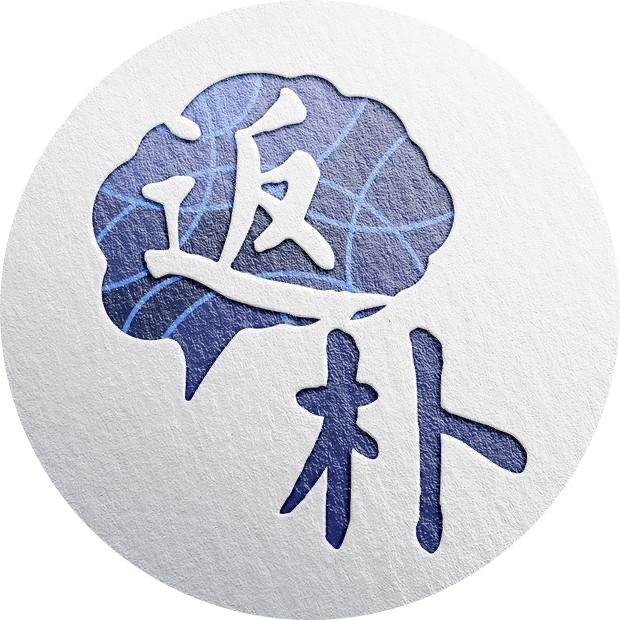 |
|---|
寻找火星叔叔马丁(三)
人們都說布達佩斯是多瑙河上的巴黎,果然如此。藍色的多瑙河流淌到匈牙利大平原,在此處優雅地舒展開她曼妙的身姿,S形曲線動人地分開了布達(Buda)與佩斯(Pest)。經過了羅馬、中世紀、文藝復興、奧斯曼土耳其、18世紀的浪漫主義運動、19世紀中葉的匈牙利獨立運動、奧匈帝國的美好年代(Belle Époque),兩次世界大戰和戰後的共產極權時期這些漫長、曲折和豐富的歷史進程,燦爛的文化和文明已經融入到這座城市的河流、陽光和空氣裏。我到達的時候,這裏的秋天剛剛開始。秋日的陽光濃郁醇厚又清澈高遠,真讓人相信美好的事物和年代在這裏存在過,而且此刻還在我們身邊,就待路過的人耐心尋找。布達佩斯,就像一闕李斯特的匈牙利狂想曲,或勃拉姆斯的匈牙利舞曲,或一首裴多菲的詩,就是多瑙河畔的巴黎。Continue reading
 |
 |
|---|
Congrats, Dr. Ran!
A heartfelt congratulations to Dr. Xiaoxue Ran on the successful defense of her PhD thesis, titled "Quantum Monte Carlo Simulations of Constrained Models: Hidden Order and Novel Criticality," on September 18. She extends sincere gratitude to the examiners: Profs Chenjie Wang and Shizhong Zhang from HKU, and Prof. Zhengcheng Gu from CUHK, and the Chairperson Prof. OKURO Kou from Department of Chemistry, HKU. Thanks to all the friends and colleagues who came to offer support and encouragement. Congratulations, Xiaoxue! We look forward to seeing all the great things you will accomplish in the future! Continue reading
A new course in 2025/9-2025/12: Quantum Many-Body Computation
Computational approaches are playing increasingly important roles in the advances of condensed matter physics and quantum material research, particularly in quantum many-body systems. Considering these rapid developments and their lack of systematic education to senior undergraduate students, graduate students and researchers in Hong Kong and the GBA area, I have designed this course to cover from basic to advanced topics in quantum many-body computation and theoretical understanding in strongly correlation aspects of quantum materials. I plan to teach the participants basic and live knowledge of modern quantum many-body computation, such that they can apply them into their research works in the corresponding areas. Find the course poster
Time and Place:
Wednesday 1500 -- 1550, 1600 -- 1650, 1700 -- 1750
Room 103, 1/F, Meng Wah Complex, HKU
The different ways of ordering electrons in two dimensional materials
Researchers from the University of Hong Kong, including Drs. Hongyu Lu, Bin-bin Chen and Prof. Zi Yang Meng, teamed up with Profs. Kai Sun from the University of Michigan and Han-Qing Wu from Sun Yat-sen University, discovered different ways of ordering electrons in 2D quantum materials. In particular, the research team focused on the interplay between smectic order and topological order. The exotic states and thermal phase transitions exhibiting such features are expected to be accessed in future experiments. Continue reading
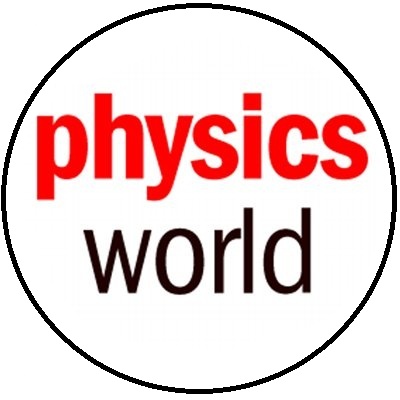 |
 |
|---|
Launch of Official Website for the Meeting on Fractional Chern Insulators
We are pleased to announce the launch of the official website for the meeting "Fractional Chern Insulators: Theory, Numerics and Experiment."
Access the site here: [Fractional Chern Insulators: Theory, Numerics and Experiment].
Join us from September 4 to 7, 2025, at the University of Hong Kong for a comprehensive exploration of advancements in this field. For more details on registration and key topics, please visit the website. We look forward to your participation!
 |
|---|
Unraveling the Mystery of Deconfined Quantum Critical Points
A recent study, led by Professor Zi Yang MENG and co-authored by his PhD student Menghan SONG of HKU Department of Physics, in collaboration with researchers from the Chinese University of Hong Kong, Yale University, University of California, Santa Barbara, Ruhr-University Bochum and TU Dresden, has unravelled some of the secrets concealed within the deconfined quantum critical points. Their findings, recently published in the prestigious journal Science Advances, push the boundaries of modern physics and offer a fresh perspective on how quantum matter operates at these enigmatic junctures.
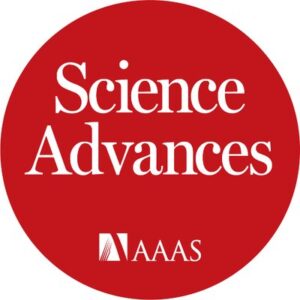 |
 |
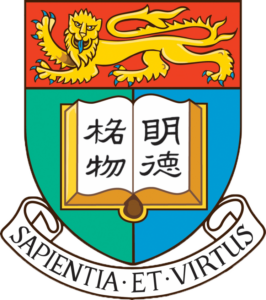 |
 |
 |
|---|
Congratulations, Dr. Lu
On April 16, 2025, Mr. Hongyu Lu marked a pivotal achievement by successfully defending his Ph.D. thesis, entitled "Numerical studies of fractional quantum anomalous Hall states: Emergent forms, collective excitations, and phase transitions". His clear and compelling presentation of his research findings from his time at HKU, along with his confident responses to impromptu questions, earned high praise from the Examining Committee, which included Prof. Xi Dai from HKUST, and Profs. Wang Yao and Dong-Keun Ki from HKU. Congratulations to Dr. Hongyu Lu! We wish him continued success and look forward to his contributions as an emerging leader in theoretical condensed matter physics. Continue reading
施瓦本森林的再到
 |
|---|


